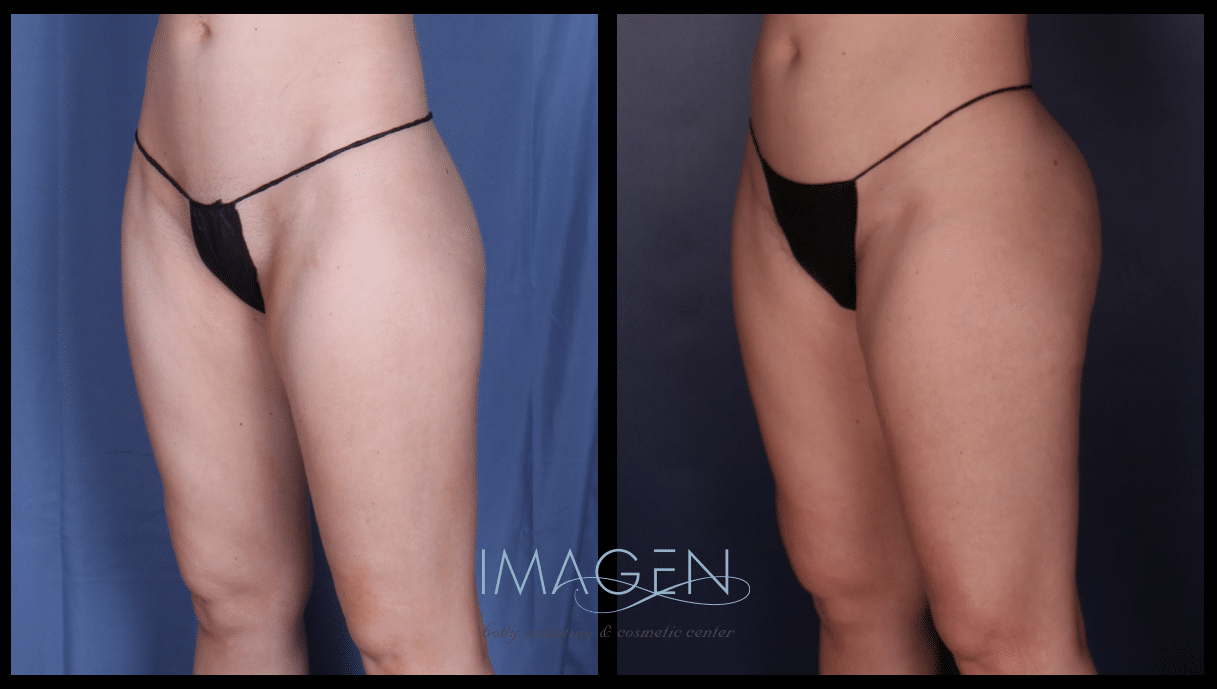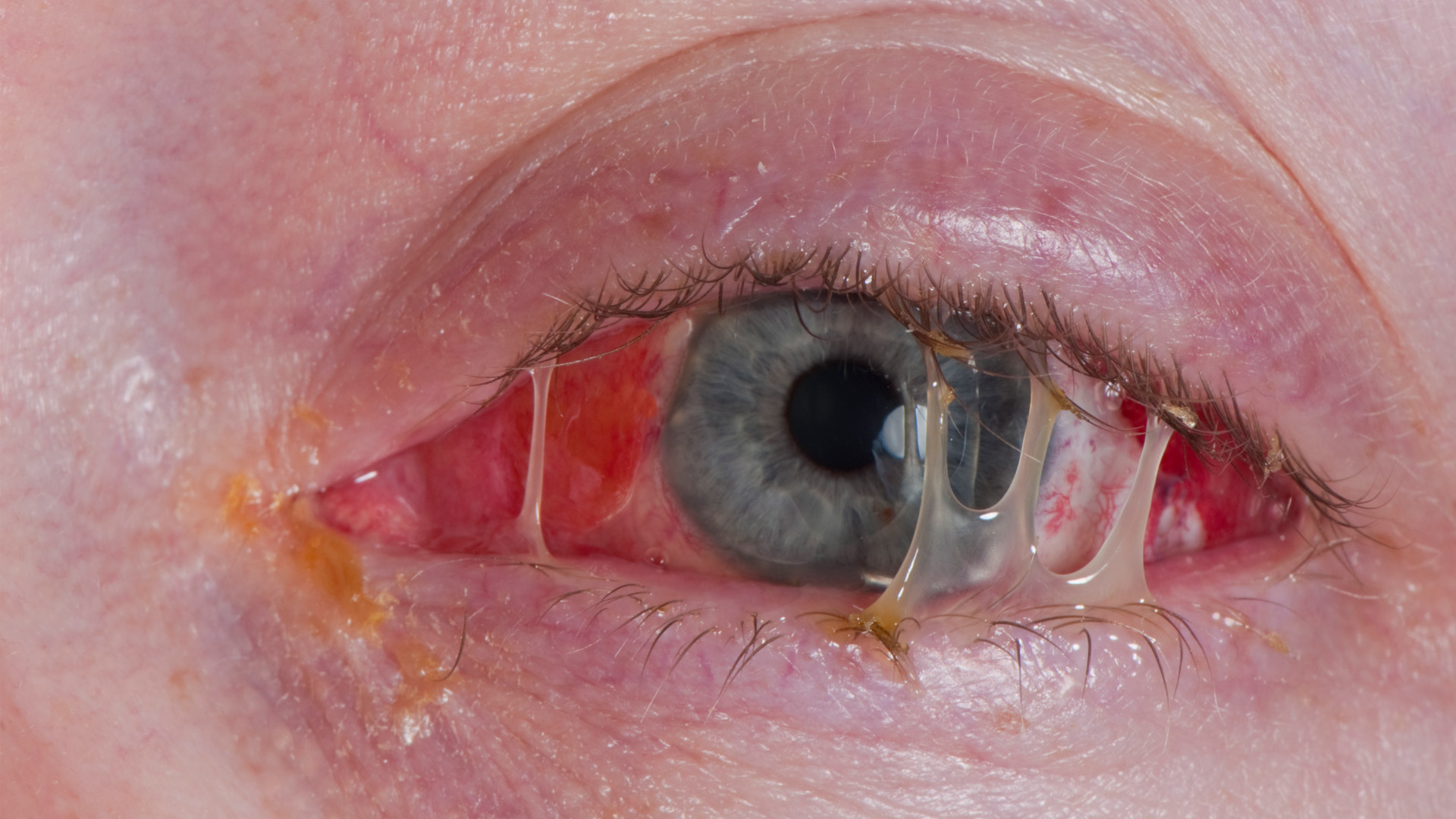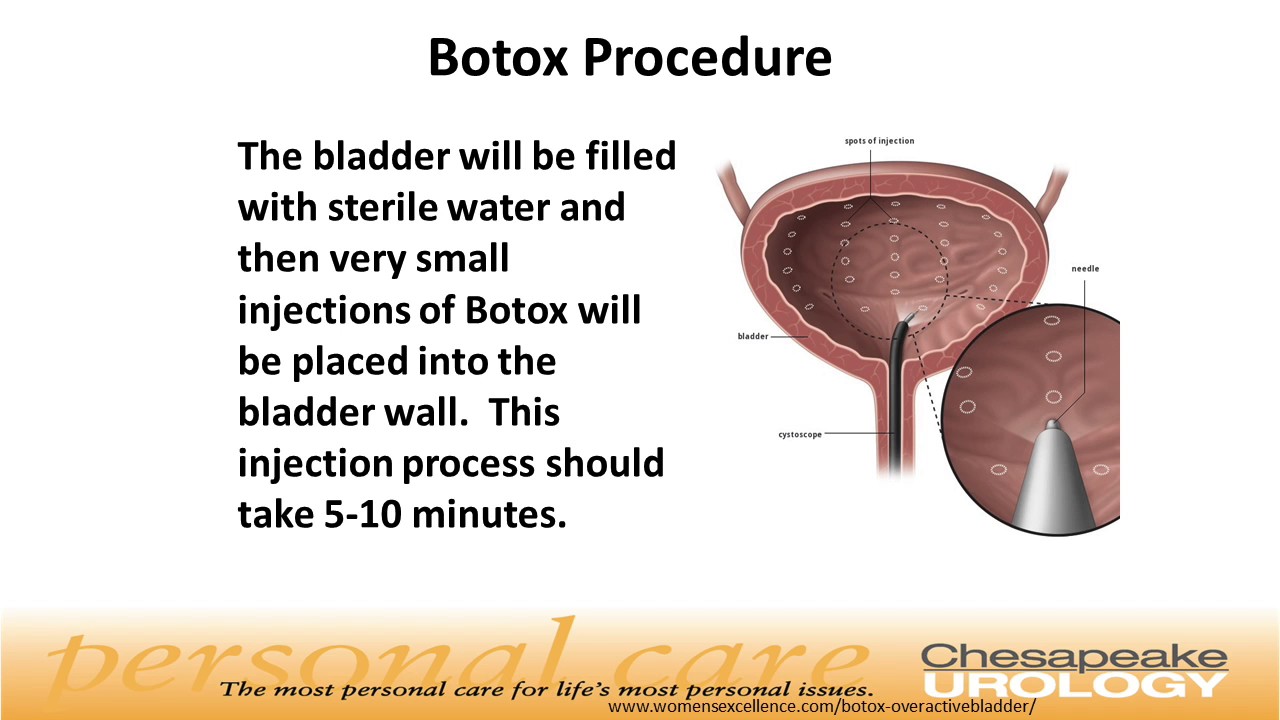
If you are bleeding after breast augmentation, there are some simple steps you can take to get your hematoma treated. The first step is to see your surgeon. They can use a draining technique to drain the blood pooling and minimize pain and swelling. To prevent any further blood loss, they may use a blood thinner.
Hematoma
It is rare to see hematomas after breast augmentation. Although the exact cause is unknown, it has been associated with a polyurethane-coated implant and friction forces between the prosthesis surface and the surrounding tissue. Ibrahim et al. Willens et.al. reported cases involving late hematomas in women who had breast augmentation with bilateral submuscular silica gel. Cases of late bleeding were reported nine to 38 year after breast augmentation.
Although it can be painful, the condition isn't usually serious and will resolve on its own. The best ways to manage hematoma are to avoid strenuous activity, sleep on your side, eat healthy foods, and use an ice pack. A second operation may be required to drain the hematoma in severe cases.

Seroma
After breast augmentation, symptoms of seroma bleeding include swelling, pain, and possibly discharge. These symptoms may appear anywhere from seven to 10 days after surgery. Seromas that are left untreated can dissolve in a matter of months. However, more severe cases may take longer. Surgery may be necessary in extreme cases to remove the seroma. You can still manage your symptoms at home.
A disruption in the blood supply can lead to seroma formation. This disruption in the blood supply results in tissue loss, which is known as "necrosis". Different surgical techniques may result in seroma bleeding at different rates.
Post-operative bleeding
Minor bleeding after breast-augmentation is normal. Patients should not be concerned about excessive bleeding. However, it is rare for it to become serious. After your surgery, if you notice bloodstains on your clothes, cover it with tissue. Normal bleeding is caused by blood leaking from the incision. If there is excess blood, consult your doctor.
Multiple factors could be responsible for post-operative bleeding. Blood can flow from wounds when blood is pushed or pulled out of the area. Post-operative bleeding can be prevented by wearing compression clothes that restrict movement and press on the wound. The surgeon may need stitches if excessive bleeding occurs. A higher chance of bleeding is also present if you have a tendency for bruises. In this case, you should avoid taking aspirin or other blood-thinning medications for two weeks before and after surgery.

Treatment
Infections can be a major problem after breast augmentation. If the infection becomes too severe, the surgeon will take out the implant. The surgeon will then wait three to six more months before inserting another one. Fortunately, the cost of the procedure includes the costs of dealing with infection. Patients should know that there will be some asymmetry following the procedure. But, it is not impossible to achieve symmetry.
It is quite common to have bleeding from the breasts. This can be treated with a reduction in blood pressure. While most cases resolve quickly, persistent bleeding can require additional surgery to drain the hematoma.